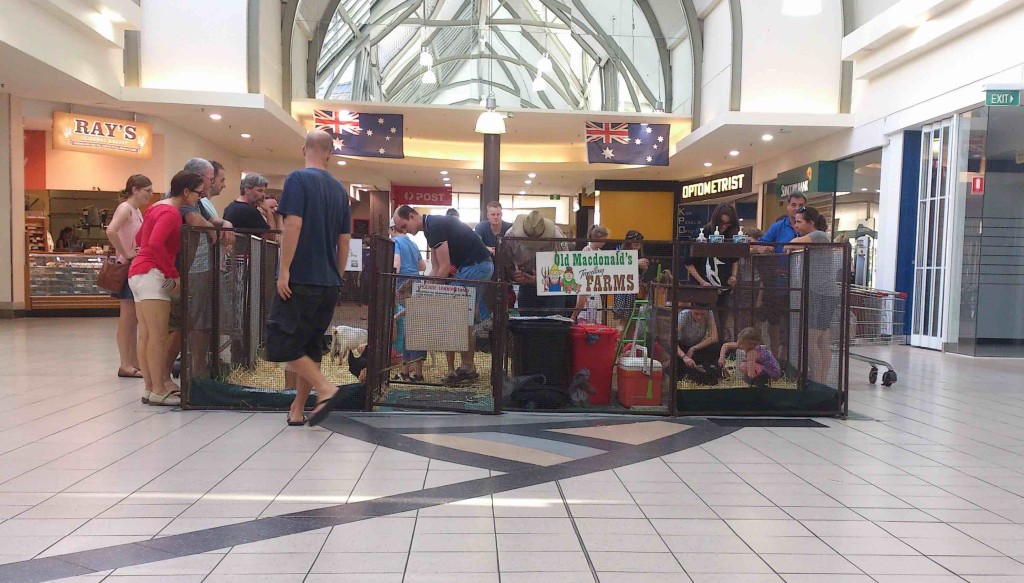At 4:23 p.m. AET on Friday, March 3, 8-year-old Sorenne’s school issued a notice to some parents that said:
 “Hepatitis A has been reported at school. Hepatitis A is a viral disease that affects the liver. Anyone can be infected with hepatitis A if they come into direct contact with food, drunks, or objects contaminated by faeces of an infected person.”
“Hepatitis A has been reported at school. Hepatitis A is a viral disease that affects the liver. Anyone can be infected with hepatitis A if they come into direct contact with food, drunks, or objects contaminated by faeces of an infected person.”
I’m not sure they meant drunks, but that’s what it said.
Amy got the e-mail.
I got notification of the e-mail at 5:30 p.m. AET
I immediately called the school.
No answer.
I e-mailed all the school contacts to say, “Hepatitis A is a serious disease for those who are unvaccinated. It passes fecal-oral, and can be acquired by drinks with straws, but usually not drunks (as your note says).”
Standard procedure in the U.S is vaccination clinics for anyone who has the potential to be exposed, but is only useful if done within a few days.:
 So then I called Queensland Health, the state health agency.
So then I called Queensland Health, the state health agency.
Being after 5 p.m. on a Friday, there wasn’t no one around, except for a nice man who said he would investigate.
I e-mailed my questions:
“What is standard vaccination clinic procedure in the event of a positive case?
“What is the vaccination policy for hep A in Australia? Queensland?
“What was the timeline for detection and public notification?”
He said he would do the best he could and call me back.
He didn’t.
This is apparently normal.
On Feb. 23, 2017, I e-mailed media relations at Queensland Health to ask, “Can Queensland Health confirm or deny there was an outbreak of Salmonella in Sunnybank (Brisbane) around the Chinese New Year possibly involving deep-fried ice cream?
“thank you”
No answer.
Going public is about protecting people from public health threats.
Brisbane sucks at it.
Going public: Early disclosure of food risks for the benefit of public health
NEHA, Volume 79.7, Pages 8-14
Benjamin Chapman, Maria Sol Erdozaim, Douglas Powell
http://www.neha.org/node/58904
Often during an outbreak of foodborne illness, there are health officials who have data indicating that there is a risk prior to notifying the public. During the lag period between the first public health signal and some release of public information, there are decision makers who are weighing evidence with the impacts of going public. Multiple agencies and analysts have lamented that there is not a common playbook or decision tree for how public health agencies determine what information to release and when. Regularly, health authorities suggest that how and when public information is released is evaluated on a case-by-case basis without sharing the steps and criteria used to make decisions. Information provision on its own is not enough. Risk communication, to be effective and grounded in behavior theory, should provide control measure options for risk management decisions. There is no indication in the literature that consumers benefit from paternalistic protection decisions to guard against information overload. A review of the risk communication literature related to outbreaks, as well as case studies of actual incidents, are explored and a blueprint for health authorities to follow is provided.

